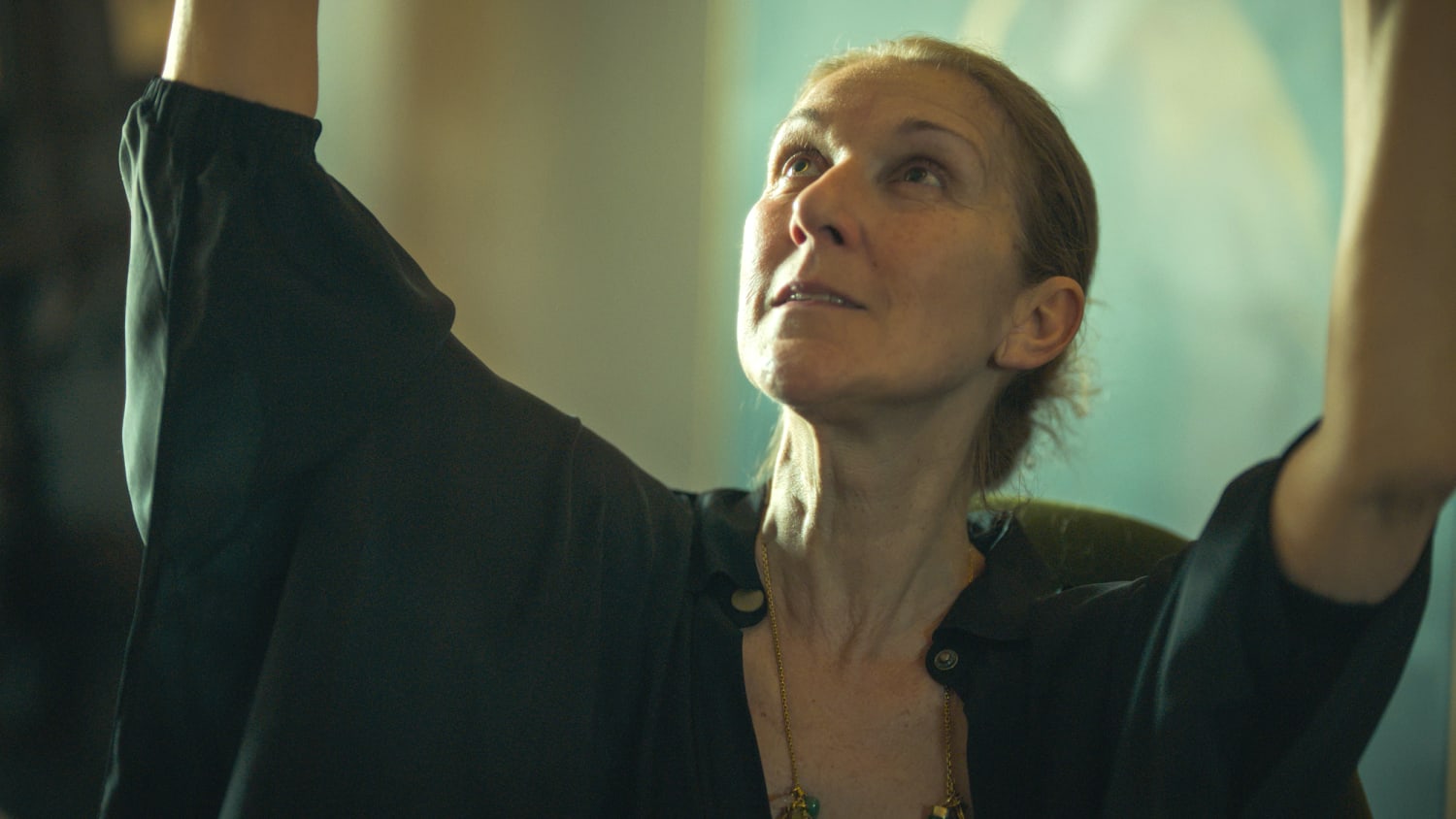World-renowned Singer Celine Dion shared a vulnerable moment of her experience living with stiff-person syndrome in a raw scene in the new documentary, “I Am: Celine Dion.”
The film, released Tuesday on Prime Video, shows the 56-year-old suffering a severe spasm during a physical therapy session. Laying on a table on her side, Dion is seen freezing and starting to cry as she shakes slightly and whimpers in pain.
Dion revealed in December 2022 that she had been diagnosed with the rare neurological disease, which can cause painful spasms and difficulty walking. In the documentary, viewers see the star going through one of those hard moments.
The footage shows a physical therapist talking Dion through the spasm and asking her to squeeze his hand if she is in pain. He gives her a nasal spray after noting that she was breathing abnormally. He and others in the room discuss whether to call 911 if another spasm were to start, but Dion weakly reassures them, saying, “I’m OK.”
It was a candid moment for the Canadian songstress — one she insisted on keeping in the film. When Dion was shown a rough cut six months after that spasm, she told director Irene Taylor, “Don’t cut down that scene,” Taylor told the Los Angeles Times.
In the documentary, Dion revealed she’s been living with symptoms of the condition for 17 years.
What is stiff-person syndrome?
Stiff-person syndrome is an autoimmune and neurological condition that affects roughly one or two out of every 1 million people.
Symptoms include stiffening in the torso and limbs, along with severe muscle spasm episodes, according to Yale Medicine. The spasms can occur at random or be triggered by certain stimuli, including loud noises, touch or emotional distress.
There’s no cure for stiff-person syndrome, but doctors focus on relieving patients’ symptoms using medications such as sedatives, muscle relaxants and steroids. Immunotherapies, like an infusion of immunoglobulin, have also been shown to reduce people’s stiffness and sensitivity to noise, touch and stress.
Physical and aqua therapies can help patients, as well.
What was happening in that scene?
Dion’s physician, Dr. Amanda Piquet, is the director of the autoimmune neurology program at the University of Colorado Anschutz Medical Campus. She explained to TODAY.com that the documentary scene shows a spasm that started in Dion’s foot and then took over her body.
“That anxiety, that panic, that continued spasm that was not breaking then very quickly triggered just a complete whole body spasm,” she explained.
The nasal spray Dion was given was benzodiazepine, a depressant drug that relieves anxiety and reduces muscle spasms.
Piquet clarified that what Dion experienced was not a seizure.
“This is a spasm that is occurring, and patients are aware of what’s going on. There’s a lot of anxiety, there’s a lot of panic, your adrenaline’s rushing,” she explained.
In the documentary, Dion says after the spasm: “Every time something like this happens, it makes you feel so embarrassed. So like, I don’t know how to express it … like to not have control of yourself.”
#Celine #Dion #suffers #spasm #documentary #casting #spotlight #stiff #person #syndrome,
#Celine #Dion #suffers #spasm #documentary #casting #spotlight #stiff #person #syndrome
